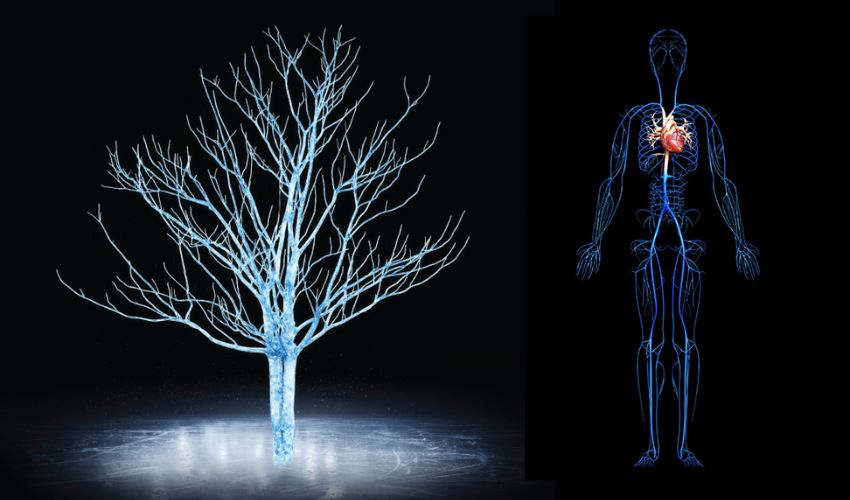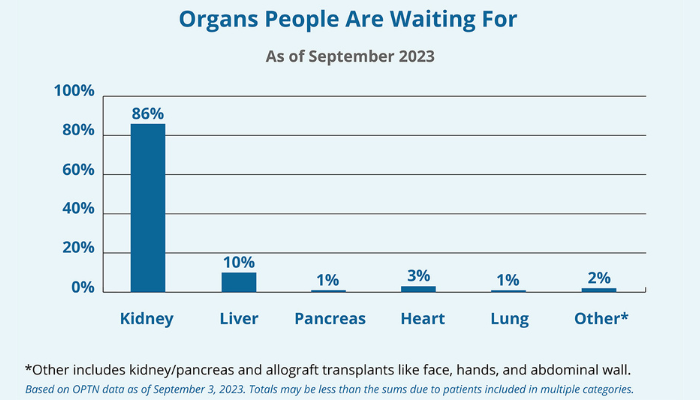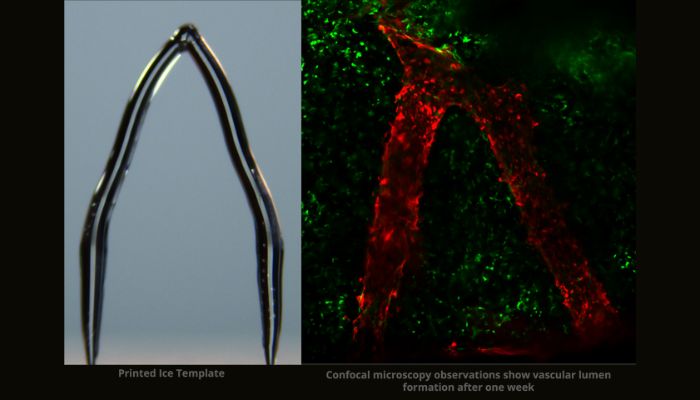3D Ice Printing Can Create Artificial Blood Vessels in Breakthrough for Lab-Grown Organs

As the need for organ donations, especially for hearts, kidneys and livers, becomes more prevalent, more and more scientists are dedicating themselves to finding ways to create viable artificial organs, although there has been little success in recent years. However, now there could be a solution. Researchers from Carnegie Mellon University have shown found a way to close the gap between available organs and the demand for transplants. By using 3D ice printing, they have found that it is possible to create structures that resemble blood vessels, mimicking their natural design and allowing them to function properly in the body.
The news comes at a fortuitous time. According to the Division of Transplantation (DoT), the federal entity responsible for oversight of organ and blood stem cell transplant systems in the USA, in 2024, there were 103,223 men, women and children on the national transplant waiting list. Furthermore, the number is constantly growing, with a new person being added every 8 minutes.

Many on the organ transplant list have waited for quite a while, especially for organs where demand is high, such as for kidneys (image credits: HRSA)
Not only that, but the DoT estimates that about 17 people die each day waiting for an organ transplant, over 6000 a year. That is why so much time and research has been put into not just increasing the number of organ donors (at about 170 million people in the U.S. as of 2022, though it should be noted that not every who registers as a donor can actually donate), but also finding alternative ways to get viable organs. This is where much hope has been put into methods like 3D printing.
Indeed, though much work has been put into techniques like bioprinting, there have been consistent obstacles in creating lab-grown organs. The most notable is that it is a huge challenge to create blood vessel networks in artificial organs that work like natural ones. Generally, traditional artificial blood vessel designs are not able to mimic natural ones and thus are not able to function properly. Now, 3D ice printing could be the answer.
3D Ice Printing Used to Create Artificial Blood Vessels
We have previously told you about 3D ice printing, originally developed by engineering researchers at Carnegie Mellon in 2022. The process generally involves adding a stream of water to a very cold surface. The water in question is “heavy water,” meaning that the hydrogen atoms in water are replaced by deuterium, giving the water a higher freezing point and helping to create a smooth texture. As you might expect, the part is made by freezing the water layer by layer.
Feimo Yang, a graduate student in the labs of Philip LeDuc and Burak Ozdoganlar at Carnegie Mellon University who is leading this research, explained further how 3D ice printing differs from other processes, “What makes our method different from other kinds of 3D printing is that instead of letting the water completely freeze while we’re printing, we let it maintain a liquid phase on top. This continuous process, which is what we call freeform, helps us to get a very smooth structure. We don’t have a layering effect typical with many 3D printing.”

Image Credits: Feimo Yang
After 3D printed ice templates are finished, they are embedded in a gelatin material, GelMA. This is exposed to UV light, making the gelatin harden and melting the ice. The result after this is realistic blood vessel channels.
And it’s been relatively successful as the researcher were able to demonstrate that they could introduce endothelial cells, which line all blood vessels and regulate exchanges between the bloodstream and surrounding tissues, into these fabricated blood vessels. The cells survived on the gelatin for up to two weeks, and now the researchers intend to culture the cells for a longer duration.
In addition to organ transplants, this research could be ideal as well for testing the effects of drugs on blood vessels. And they are certainly a major step forward in creating complex, lifelike blood vessel networks for tissue engineering, and perhaps a major breakthrough in the creation of artificial organs. You can learn more in the press release HERE.
What do you think of the use of 3D ice printing to create artificial blood vessels? Do you think they could be the key for creating artificial organs in the future? Let us know in a comment below or on our LinkedIn, Facebook, and Twitter pages! Don’t forget to sign up for our free weekly newsletter here, the latest 3D printing news straight to your inbox! You can also find all our videos on our YouTube channel.
*Cover Image Credits: Carnegie Mellon University







